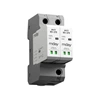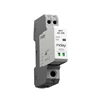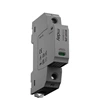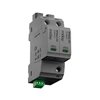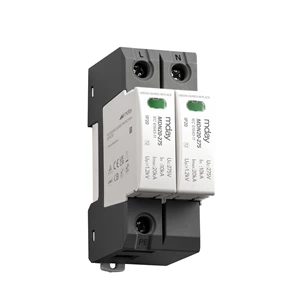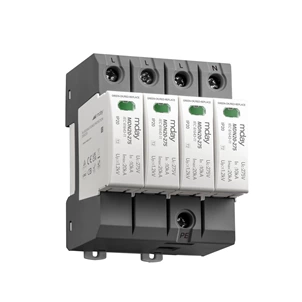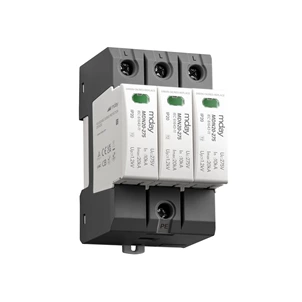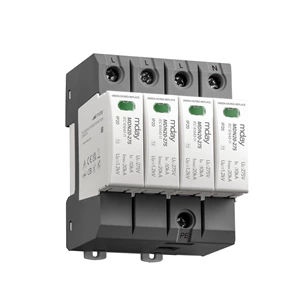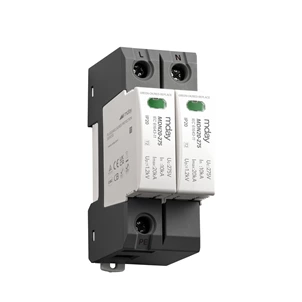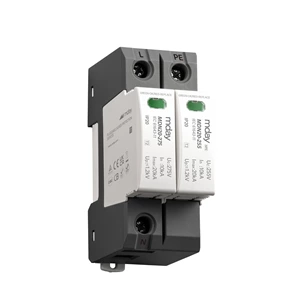First-level Surge Protector
First-level protection
The purpose is to prevent surge voltages from directly transmitting from LPZ0 to LPZ1, limiting surge voltages ranging from tens to hundreds of thousands of volts to 2500-3000V.
When installed on the low-voltage side of the household power transformer as first-level protection, the power surge arrester (SPD) should be a three-phase switching-type SPD with a lightning current rating of no less than 60kA. This level of SPD should be a large-capacity SPD connected between each phase of the incoming power line and the ground. Generally, this level of SPD is required to have a maximum surge rating of at least 100kA per phase and a limiting voltage of less than 2500V. This is referred to as Class I surge protective device power supply. These electromagnetic SPDs are designed to withstand the high currents of lightning and induced lightning strikes, as well as attract high-energy surges, diverting significant surge currents to the ground. Class I power supplies surge protector only provide limited voltage (the maximum voltage on the line when a surge current flows through the power surge arrester is called limited voltage), a medium-level protection level. Because Class I power supplies surge protection device primarily absorb large surge currents, they alone cannot fully protect sensitive electrical equipment within the power supply system.
Class I power surge arresters protect against lightning waves of 10/350μs and 100kA, meeting the highest protection standards specified by IEC. Technical requirements include: lightning current greater than or equal to 100kA (10/350μs); residual voltage no greater than 2.5kV; and response time less than or equal to 100ns.


